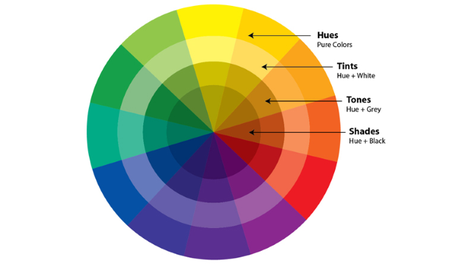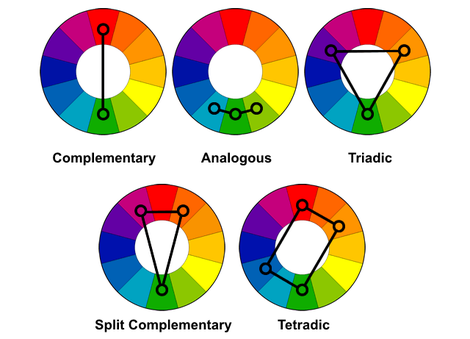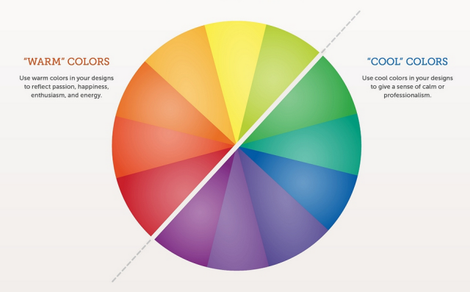Fusion Body Art Product Review – Neon / UV FX Paint Colours
- Mar 2025
-
fusionbodyart.com fusionbodyart.com
- Feb 2025
-
fusionbodyart.com fusionbodyart.com
-
Fusion Body Art Product Review - Prime Face Paint Colours
-
- Jan 2025
-
-
EP® DEsignation Become an Environmental Professional (EP®) Increase your influence and safeguard stakeholder trust by earning the only nationally recognized designation for environmental practitioners. Take Eligibility Quiz
Great Colour Contrast: Eco Canada uses good colour contrast, making text readable even for users with low vision or colour blindness. This ensures that foreground content (black/green) stands out clearly against the (white) background, improving accessibility for all users. The bolded headings as well as pop of colour for links is also a good distinction that's easy to navigate.
Tags
Annotators
URL
-
-
fusionbodyart.com fusionbodyart.com
-
Shop Neon/UV Special FX Colours for Face Painting
-
- Aug 2024
-
xkcd.com xkcd.com
Tags
Annotators
URL
-
- Apr 2024
-
www.ramotion.com www.ramotion.com
-
What are some of the best practices for kids’ UX design?
-
. Additionally, designers should use attractive colors for children of lower age groups.
the importance of colours
-
- Feb 2023
-
chiropracticajax.com chiropracticajax.com
-
In terms of the colours used on the website I would say they are simple but effective. The white, grey and green backgrounds are easy for everyone to see easily. And the font colouring chose was good and does not clash with the background. I also like how the button to schedule an appointment is in a bright blue, making it catch your eye as soon as you open the web page.
-
- Feb 2020
-
github.com github.com
-
Of the three primary color channels, red, green and blue, green contributes the most to luminosity.
Green colour vs red and blue (RGB)
-
-
lifehacker.com lifehacker.com
-
black and white with monotones
Hues <--- pure colors
Tints <--- hue + white
Tones <--- hue + grey
Shades <--- hue + black

-
Basic Color Schemes

-
Warm colors exhibit energy and joy (best for personal messages), while cool colors convey calmness and peace (best for office use).
Warm and Cool colors

-
- Oct 2019
-
sostoked.com.au sostoked.com.au
-
for many women and purple can induce soothing and calmness with the image of royalty
purple colour
-
Colours and emotion

-
Both men and women have blue as their top colour

-
The colours black & white have opposing meaning in western and eastern cultures
west culture:
- black = finality, death, formality
- white = purity, peace
east culture:
- white = death
- black = wealth, health, prosperity
-
Think of each colour in context of its environment, for example do you have a mostly grey, white or muted colours on your website then make your call to action button(s) green or red
There is no universal guide in choosing website colours. Go with your own intuition
-
Colour is such a pervasive part of everything we encounter visually in our world, it evokes emotions which in turn drives decision making
Effect of colour
-
When creating or refining your brand identity think about pairing your main colour with a complimentary colour or use the 3 grouping guides below

-
We are using colour to communicate the value of our product or service
- Red – Passionate, Aggressive, Important
- Orange – Playful, Energetic, Cheap
- Yellow – Happy, Friendly, Warning
- Green – Natural, Stable, Prosperous
- Blue – Serene, Trustworthy, Inviting
- Violet – Luxurious, Mysterious, Romantic
- Pink – Feminine, Young, Innocent
- Black – Powerful, Sophisticated, Edgy
- Brown – Earthy, Sturdy, Rustic
- Grey – Neutral, Formal, Gloomy
- White – Clean, Virtuous, Healthy
- Beige – Accentuates surrounding colours
-
our eyes can only pick up certain light wavelengths
We can only pick up the visible spectrum

-
The theory of colour is a discipline that stretches back to at least the 15th century. It encompasses chemistry, physics and mathematics to effectively explain colour
The theory of colour
-
There are 2 primary colour systems (to reproduce colour) we use on a daily basis additive & subtractive. Anything that emits light (sun, screen or projector) uses additive and everything else reflects colour and uses subtractive colour
2 primary colour systems:

-
The colour wheel is where you need to start when planning a colour scheme or branding for your business and for sales and marketing campaigns. The colour wheel consists of primary, secondary and tertiary colours.
- Primary: can not be made from any other colours
- Secondary: formed by mixing the primary colours
- Tertiary: formed by mixing primary and secondary colours

-
round shapes are more trustworthy & straight sharp edges are more striking
-